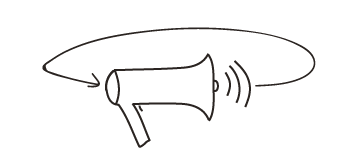Examples in the compositions:
“Rose Height. Apollo” is a spatial composition performed by 12 musicians. The name of the place Rosenhöhe (Rose Height, Darmstadt, Germany) gives the title for the piece. In 2018, they invited me to the Nadar ensemble residence there. The unusual composer’s exploration of familiar spaces was a subtheme of the project. Rosenhöhe is a vast rose garden. The park has a lot of signs and cultural symbols. You can’t see the form of tombs built in a cross model from the ground. There are fountains with double arches, where a sunlight corridor happens. There are religious places (minaret) and artistic......
Continue reading
“Hymns” is the sound performance carried out during the concert. Musicians move on the stage which is divided into several sound zones where loud sounds are separated from quiet. “Concerts” and “rituals” with different sound texture emerge in these zones. It is distinctive that these dissimilar “concerts” and “rituals” exist simultaneously, parallel to each other. Then, actions of musicians seem to be carried out in different dimensions, and musicians switch and push these dimensions together, crossing over from one to another.I) Very quiet ritual is performed on the right side of the stage. Actions of musicians in this space are......
Continue reading
“She-Wolf” arose out of my interest in similar transcendental meditation techniques. I mean stopping the flow of thinking, shifting away from evaluative, stopping self-talk. I could determine it as a “blind space of the feeling”.It is something from my childhood sensations when I imagined the forest as a fully alive, a single whole, and a sentient creature. What would happen to a human in this fairy forest? Would a man become its part, dissolve in it? Would a man turn into “a human animal”?“She-Wolf” is a play for five musicians. I divided it into two equal parts: The Other is......
Continue reading
